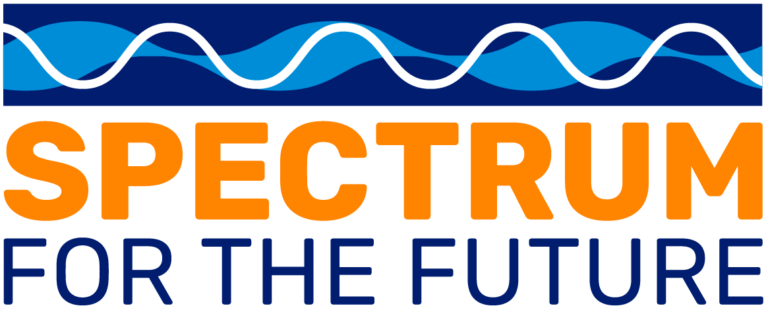As Congress debates if and how to renew the Federal Communications Commission’s (FCC) spectrum auction authority, stakeholders are urging policymakers to lean into America’s competitive advantage in shared and unlicensed technologies, like the Citizens Broadband Radio Service (CBRS) and Wi-Fi.
This week, expert panelists Mary Brown (Executive Director, WifiForward), Josh Baggett (Head of Global Spectrum Policy, Hewlett Packard Enterprise), and Micah Sachs (Vice President, Global Broadband Products and Market Insights, Opensignal) joined a Broadband Breakfast webinar on accelerating U.S. leadership in Wi-Fi, which has quickly become the workhorse of the internet. Among other topics, panelists examined the latest Opensignal analysis, which shows that Wi-Fi now carries between 82% and 89% of data usage on smartphones.
During the event, Mary Brown emphasized the importance of protecting and expanding Wi-Fi spectrum, including the 6GHz band.
“The stakes on innovation couldn’t be higher. We are an industry where the gravitas of the industry is U.S.-based. Most of the manufacturers are here. Our intellectual property is here. Our standards organizations are here in the US… And what we do with spectrum policy, making sure we have spectrum for Wi-Fi and that we are looking at expanding it over time, makes a huge difference,” said Brown.
“The economic value of Wi-Fi in the United States alone is going to be $1.2 trillion by 2027, which gives you an idea of how much we’re all using it at home, working, everywhere else,” she added.
Micah Sachs illuminated key trends shaping the future of U.S. wireless usage.
“Most data consumption, most time is spent over Wi-Fi versus cellular… In the U.S., 5GHz is the most widely used spectrum band, and despite that, we’re still seeing users get solid experience, whether at home or away, from a consumer perspective,” said Sachs.
In addition, Josh Baggett highlighted the role of Wi-Fi in delivering connectivity solutions for enterprise networks, such as those at Notre Dame Stadium.
“Stadium owners want the best fan experience possible, and really the only way to connect, let’s say, 20,000 people in a stadium is with a dense Wi-Fi enterprise grade network. And so, what we’re being asked to do is to deploy access points at concourses, near the suite levels, in the press boxes,” said Baggett.
Finally, panelists emphasized the role of complementary spectrum frameworks, like dynamically shared spectrum in the CBRS band.
“It worked brilliantly well. There are hundreds of thousands of devices out there in the marketplace used by both folks who have priority in the band – priority access licensees, as well as, folks who just show up and ask for spectrum, [General Authorized Access] uses, across a wide spectrum of verticals, schools, agricultural interests, electric utilities, you name it, they’re all in there,” said Mary.
“CBRS 2.0 — great, by the way — came out last summer, updated where we could deploy, and customers are taking advantage of that … hundreds of thousands of devices there. But we’re really seeing people get excited as CBRS 2.0 really allowed us to reach a much wider customer base and use case base, which is really wonderful,” added Baggett.
Watch the full webinar here.
###
